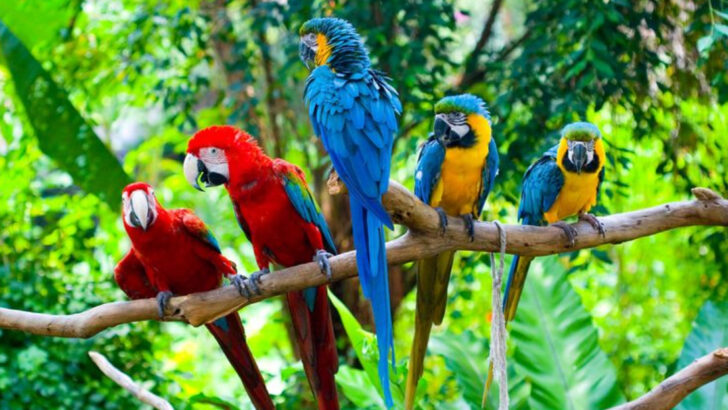They’re loud. They’re bold. And they couldn’t be more different.
Macaws and cockatoos may both steal the spotlight in any bird lover’s home, but don’t let the feathers fool you—these two are practically from different worlds.
One is a dazzling showoff with a rainbow wardrobe and a voice that can wake the neighborhood.
The other is a fluffy drama queen who demands your undivided attention—and isn’t afraid to throw a tantrum if you don’t deliver.
From their moods to their moves, their diets to their dance styles, macaws and cockatoos play by wildly different rules.
Thinking of bringing one home?
Better figure out which bird matches your chaos level.
Color Palette
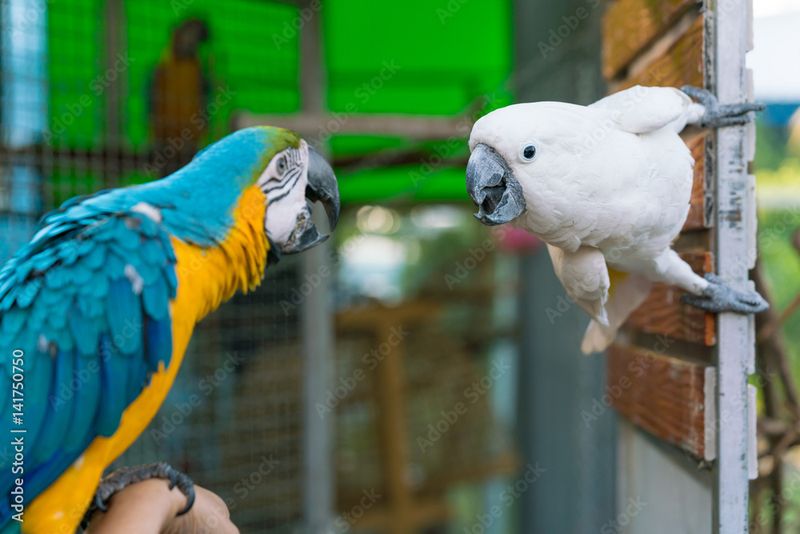
Macaws are renowned for their vivid and striking colors, often displaying bright blues, greens, and reds. Their feathers are a canvas of nature’s most brilliant hues. In contrast, cockatoos tend to have more muted color schemes, predominantly featuring whites, grays, and blacks. Some cockatoos have a splash of color, usually on their crests, like the sulfur-crested cockatoo’s bright yellow. These color differences not only highlight their distinct visual appeal but also reflect their differing habitats and lifestyles. The vibrant macaw often embodies the lush tropical environments, while cockatoos are more at home in varied landscapes.
Size and Build
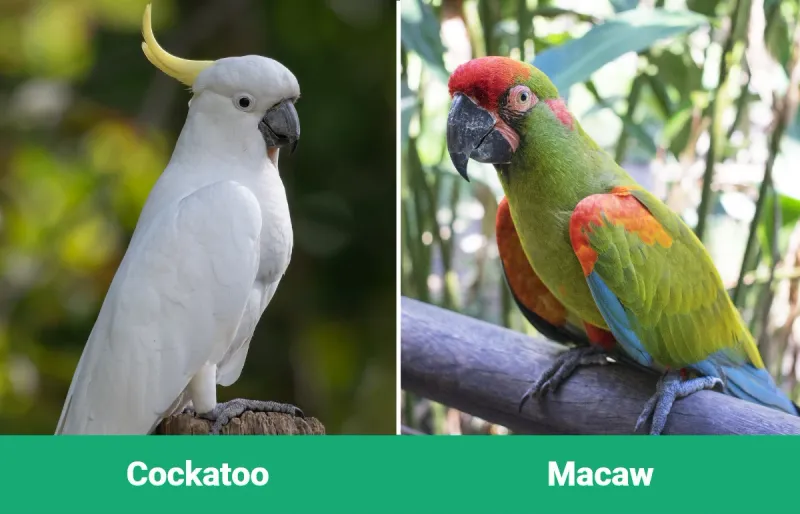
Size is a significant differentiator between macaws and cockatoos. Macaws are generally larger, with some species like the Hyacinth Macaw reaching impressive lengths. Their robust build complements their size, showcasing a formidable presence. Cockatoos, on the other hand, are usually smaller and possess a more streamlined physique. This size difference is not just a physical trait but also influences their behavior and habitat preferences. Larger macaws require more space to thrive, both in the wild and captivity, whereas cockatoos are adept at navigating denser forests and varied environments.
Beak Shape and Function
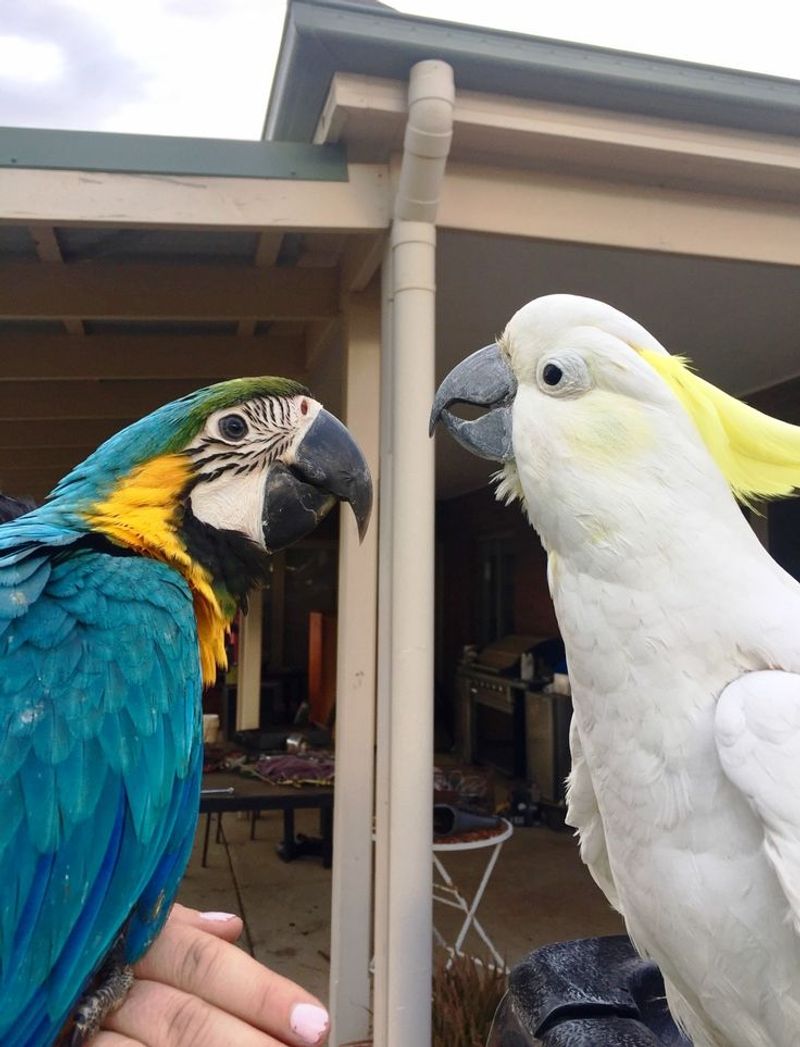
The beaks of macaws and cockatoos serve as essential tools in their daily lives, yet they differ in shape and function. Macaws boast large, curved beaks designed for cracking open hard nuts and seeds, demonstrating incredible strength. This feature enables them to access food sources that few others can. Cockatoos, however, have slightly less pronounced curves in their beaks but are still strong, allowing them to manipulate objects and access food. The beak shape in both birds reflects their dietary habits and ecological niches, with macaws often in areas rich in hard-shelled resources.
Social Behavior
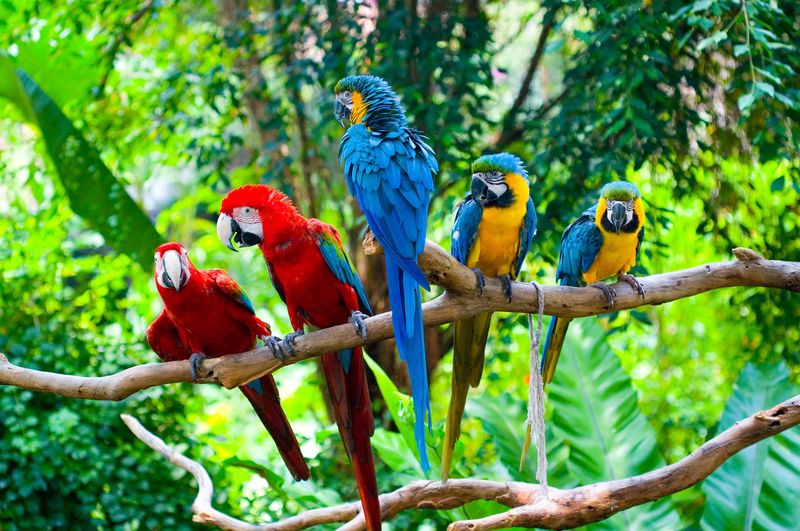
Macaws are known for their highly social nature, frequently seen in large, noisy flocks that communicate vocally and engage in playful antics. Their social structures are complex, often involving strong pair bonds and communal care of young. Cockatoos, while also social, tend to form smaller flocks and exhibit a more reserved demeanor. Their interactions are less boisterous but no less intricate, with a focus on close-knit community ties. This difference in social behavior highlights the varied adaptations each has developed to thrive in their respective environments.
Vocalization Patterns
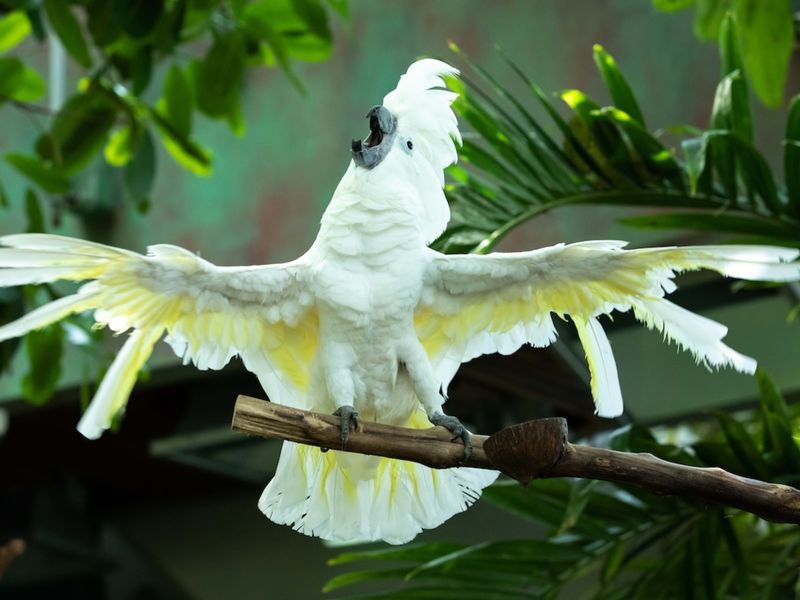
The vocal talents of macaws and cockatoos are as diverse as their appearances. Macaws are renowned for their loud, raucous calls that can be heard over great distances. These vocalizations serve various purposes, from attracting mates to warning of danger. Conversely, cockatoos often produce softer, more melodic sounds, although some species are quite capable of loud calls when needed. Their vocalizations reflect their social needs and environmental interactions, with macaws using noise to maintain group cohesion, while cockatoos often communicate more subtly.
Dietary Preferences
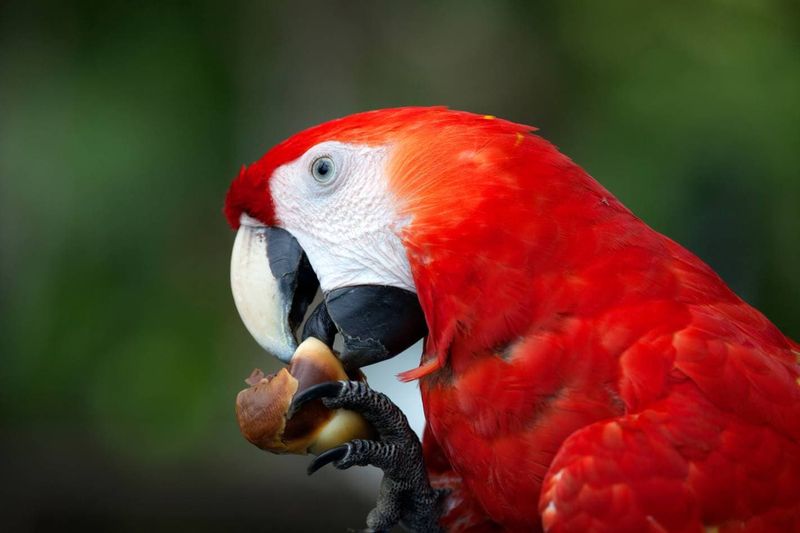
Macaws and cockatoos have distinct dietary preferences that align with their natural habitats. Macaws often feed on a diet rich in fruits, nuts, and seeds, utilizing their powerful beaks to access a variety of foods. Their diet is closely tied to the fruiting cycles of their tropical environments. Cockatoos, on the other hand, have a more diverse diet that includes seeds, nuts, fruits, and even insects. This flexibility in their diet allows cockatoos to adapt to a range of environments, from forests to savannas, reflecting their broader ecological adaptability.
Crest Display
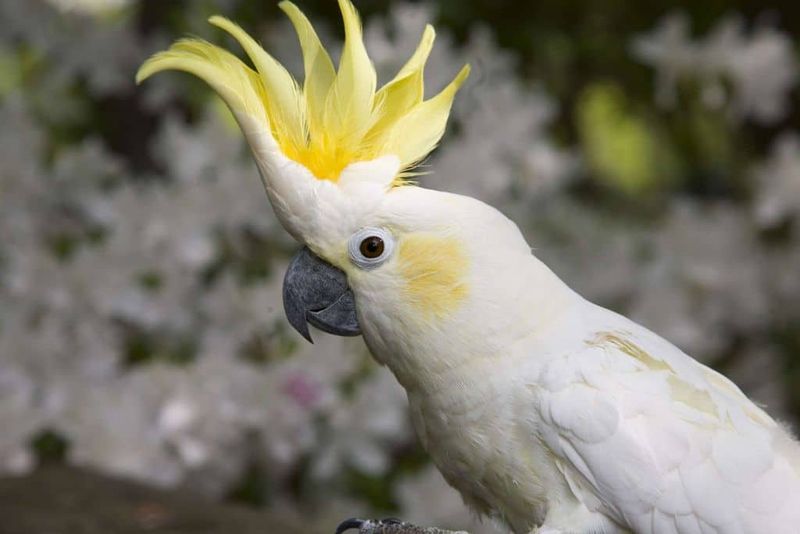
One of the most distinctive features of cockatoos is their expressive crest, which they can raise or lower to communicate emotions and intentions. This crest adds to their charismatic appearance and plays a crucial role in social interactions, signaling excitement, aggression, or curiosity. Macaws lack this prominent feature but compensate with their bold coloration and expressive body language. The crest of a cockatoo is not merely decorative but integral to its behavioral repertoire, while macaws rely on a combination of vocalization and movement to convey messages.
Mating Rituals
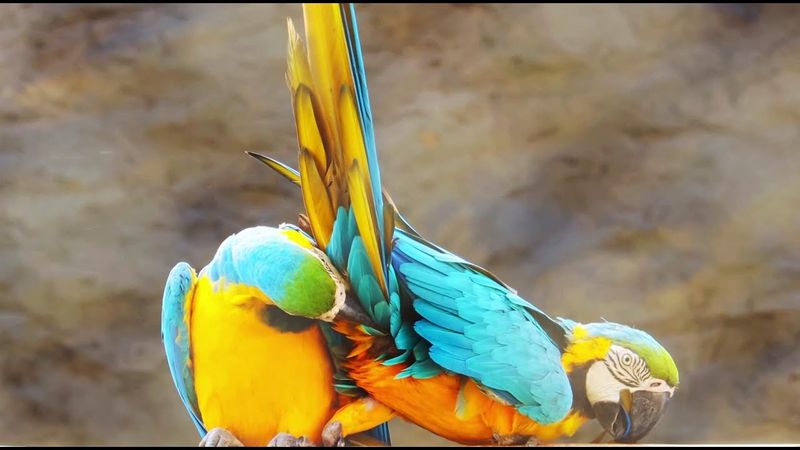
Mating rituals in macaws and cockatoos showcase their differing approaches to pair bonding. Macaws engage in elaborate displays, featuring synchronized movements and vibrant plumage exhibitions that are both captivating and complex. These rituals are crucial for forming strong pair bonds and ensuring reproductive success. In contrast, cockatoos often engage in more subdued courtship behaviors, focusing on mutual preening and close physical contact to strengthen their bonds. These differing rituals highlight the evolutionary paths each species has taken to optimize their reproductive strategies and social cohesion.
Life Span
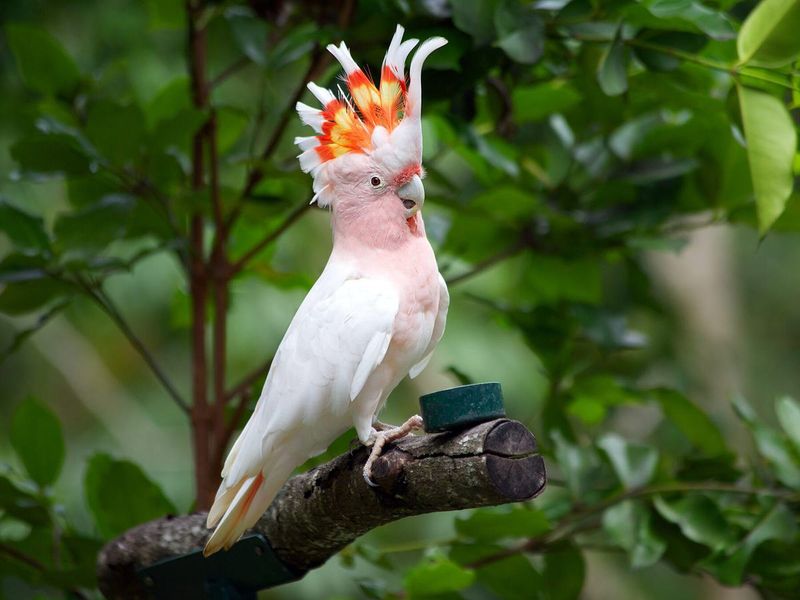
The longevity of macaws and cockatoos is a testament to their resilience and adaptability. Macaws often live 30 to 50 years in the wild, with some reaching into their seventies in captivity with proper care. Cockatoos, too, boast impressive lifespans, frequently living 40 to 60 years. The umbrella cockatoo, in particular, can live up to 70 years or more in captivity. These long lifespans require a commitment from pet owners who must be prepared for decades of companionship. Such longevity is a reflection of their stable breeding and survival strategies.
Habitat Preferences
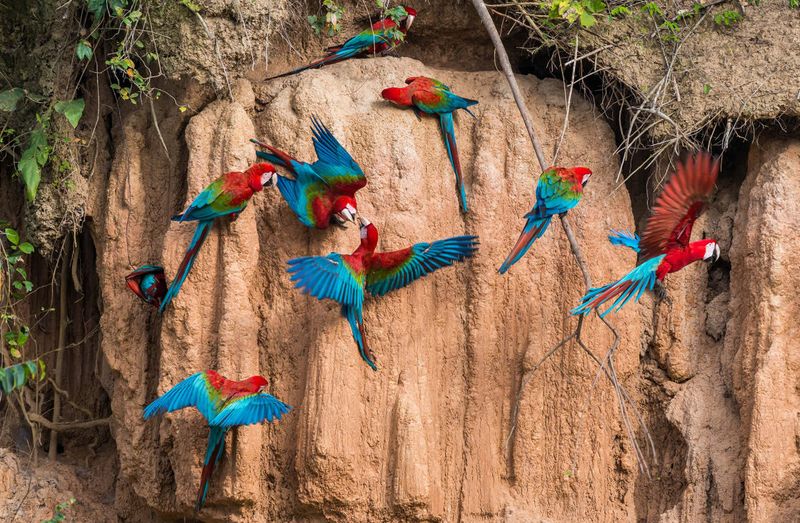
The habitats of macaws and cockatoos reveal much about their adaptations and survival strategies. Macaws are predominantly found in the lush, dense rainforests of Central and South America, where their vibrant colors blend with the tropical foliage. This environment provides ample food and nesting opportunities. Cockatoos, in contrast, are native to Australia and surrounding islands, thriving in a variety of settings from arid woodlands to coastal forests. Their adaptability to different habitats is key to their success, enabling them to exploit a wide range of ecological niches.
Intelligence and Learning
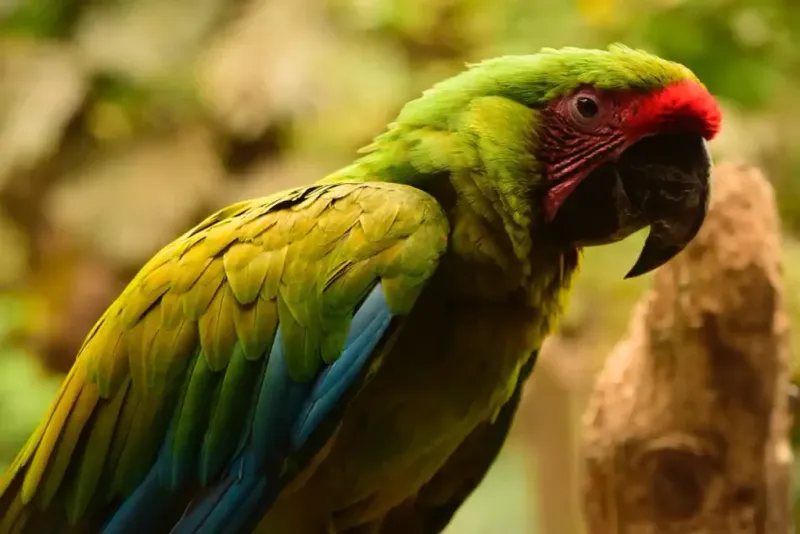
Both macaws and cockatoos are celebrated for their intelligence, demonstrating remarkable learning abilities. Macaws, with their strong problem-solving skills, are adept at puzzles and tasks that challenge their cognitive abilities. Their intelligence is evident in their ability to learn tricks and navigate complex social structures. Cockatoos, equally intelligent, are renowned for their mimicry skills, often imitating human speech with surprising accuracy. Their cognitive abilities extend to understanding social cues and forming intricate relationships within their flocks. These intellectual traits make both species fascinating companions and study subjects.
Conservation Status
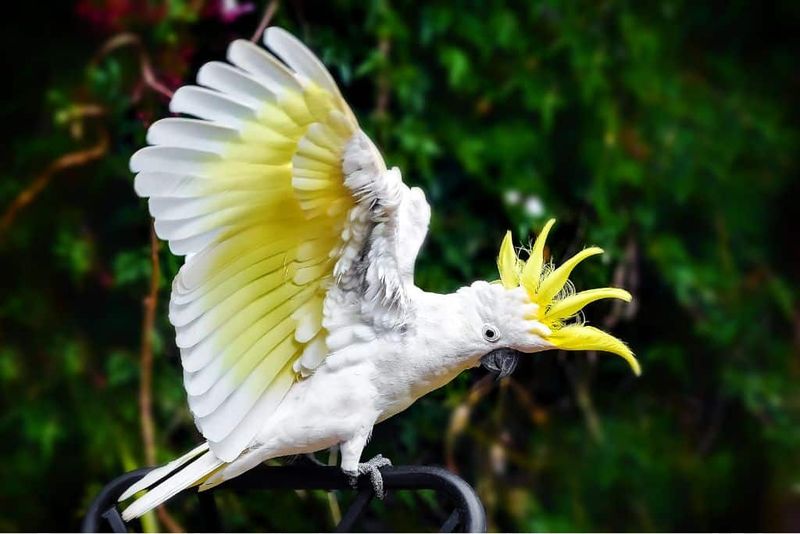
The conservation status of macaws and cockatoos is a crucial aspect of their existence. Many macaw species, such as the Blue-throated Macaw, face significant threats due to habitat loss and the illegal pet trade, leading to varying conservation statuses. Efforts are ongoing to protect these majestic birds through habitat preservation and breeding programs. Cockatoos, too, face challenges, with some species like the Yellow-crested Cockatoo classified as critically endangered. Conservation initiatives for cockatoos focus on habitat protection and legal measures to curb poaching. These efforts aim to secure their future for generations.
Cultural Significance
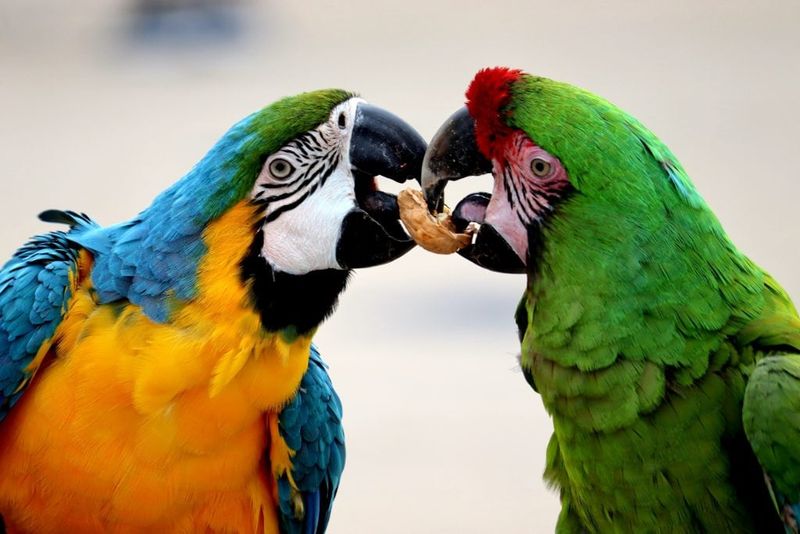
Macaws and cockatoos hold significant cultural importance in various societies. Macaws, with their vibrant feathers, have been revered in indigenous folklore across Central and South America, often symbolizing beauty and freedom. Their presence in cultural narratives underscores their importance in the ecosystem. Cockatoos, on the other hand, have been prominent in Australian art and symbolism, often representing peace and harmony. Their striking appearance and social nature make them enduring symbols in cultural expressions. This cultural significance enriches their status, transcending their roles as mere birds to icons in human storytelling.

